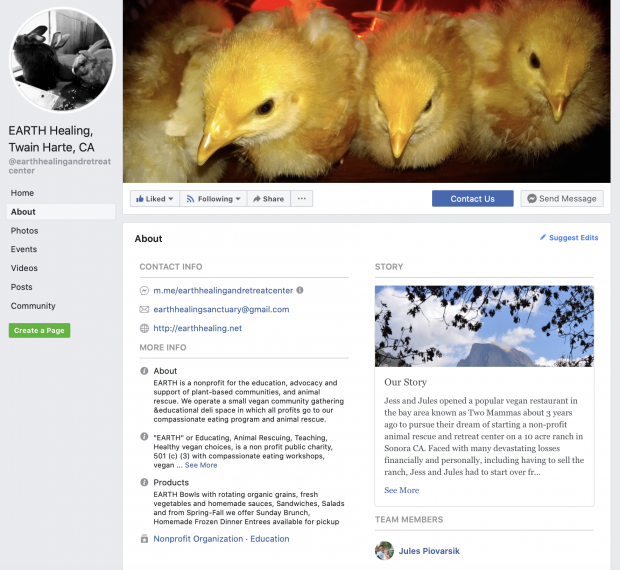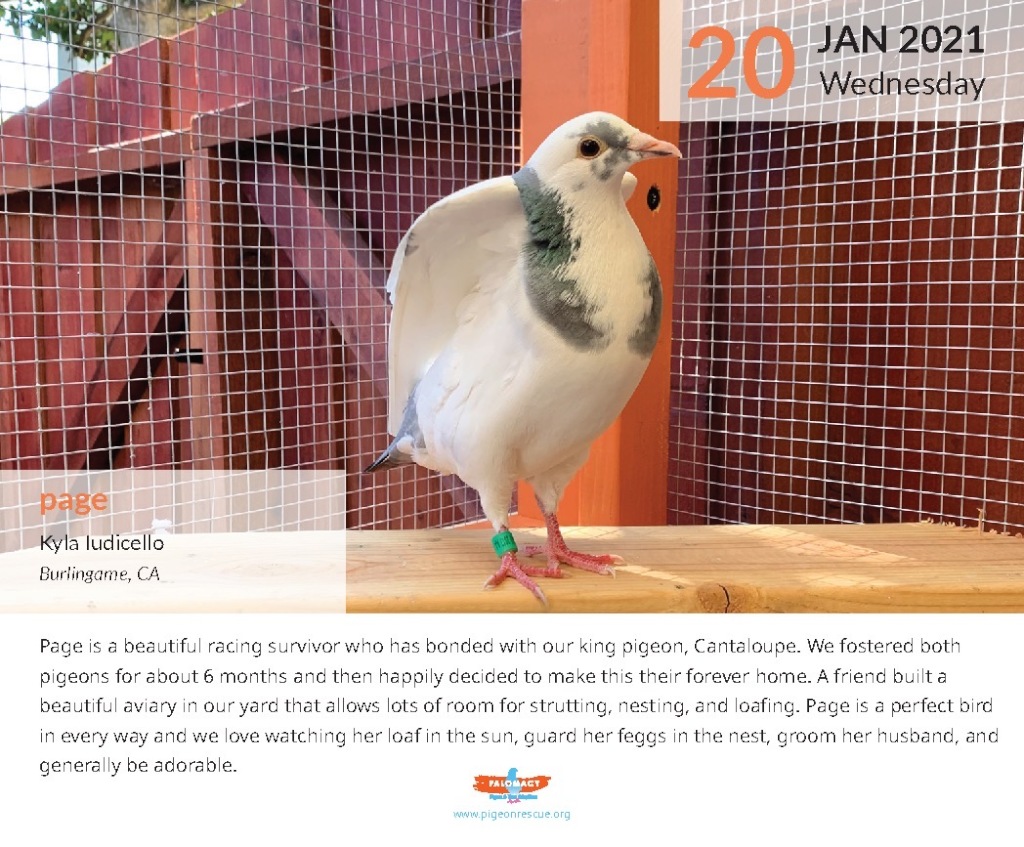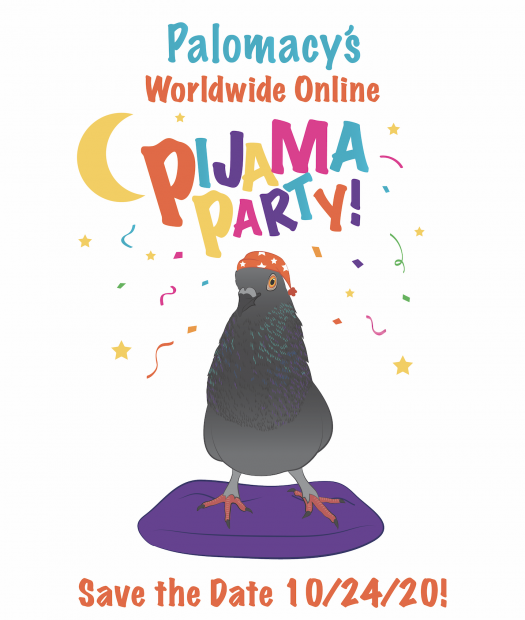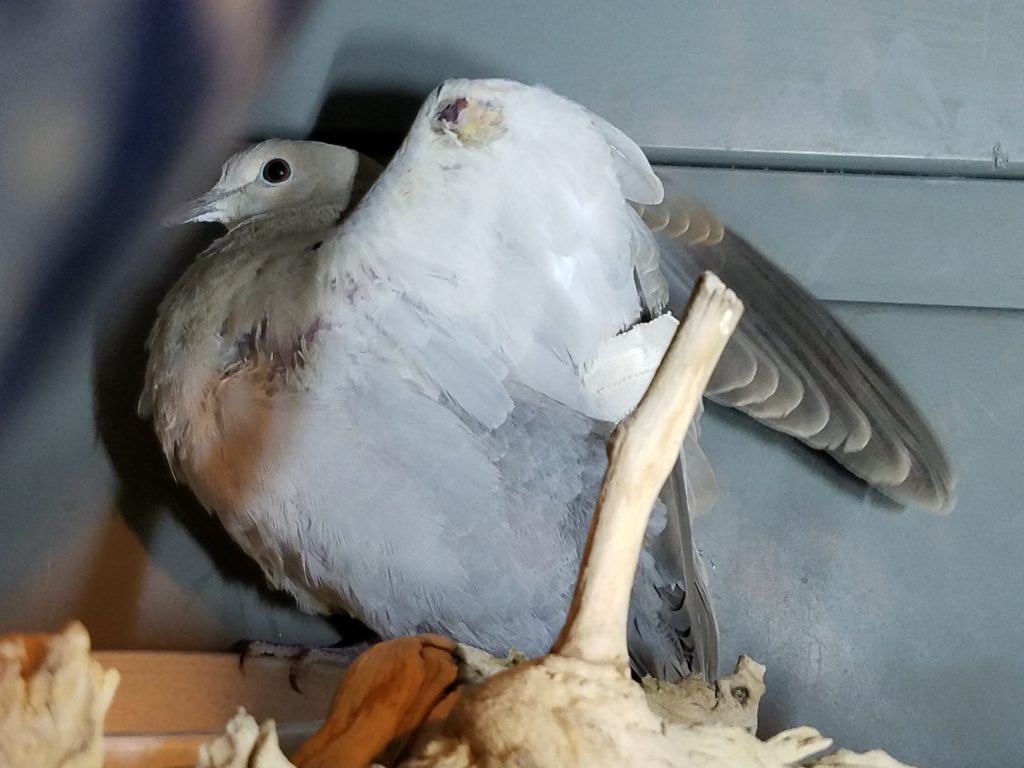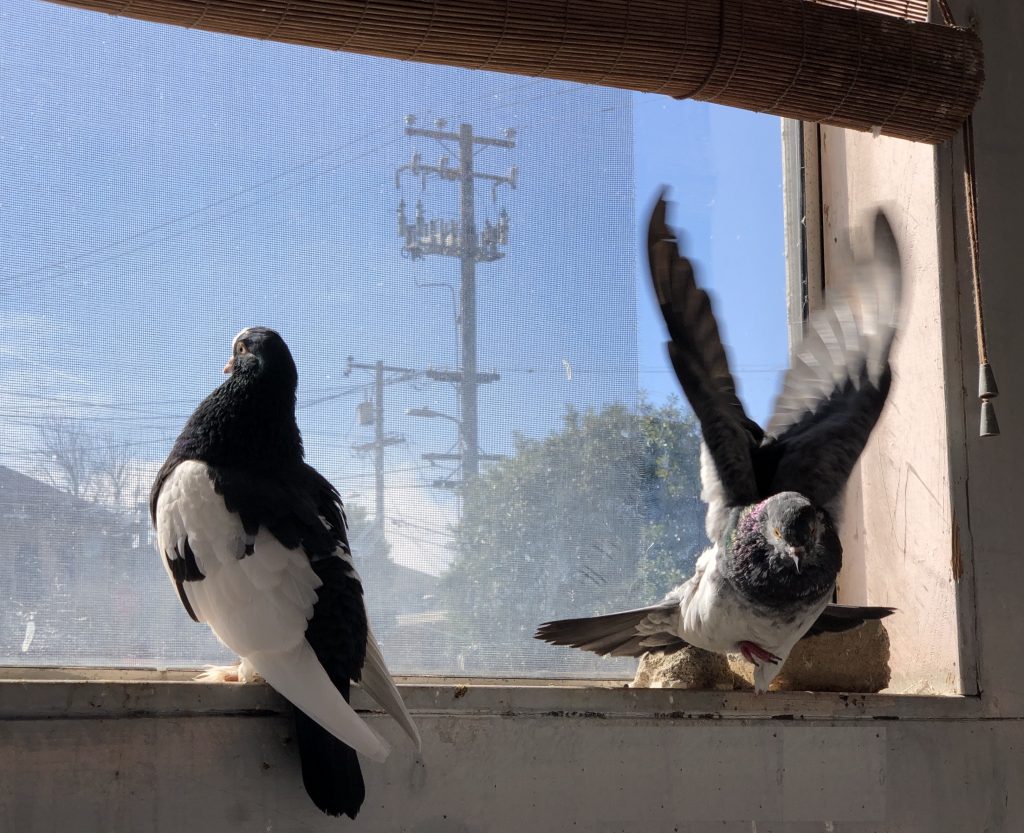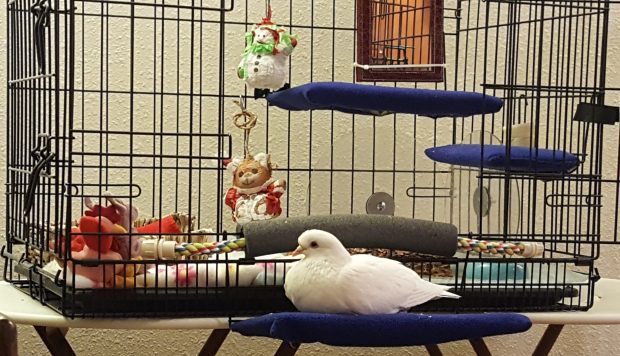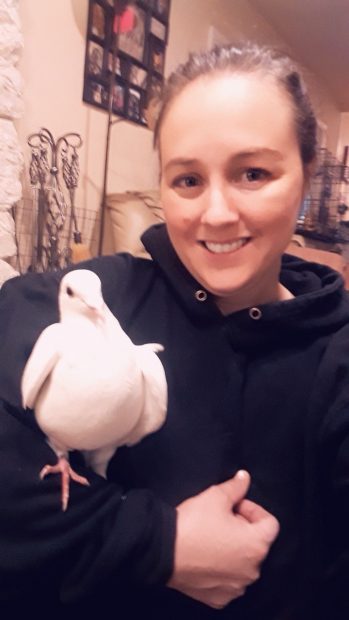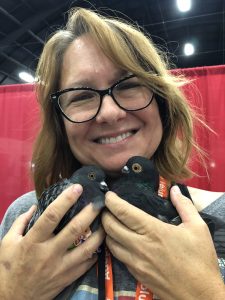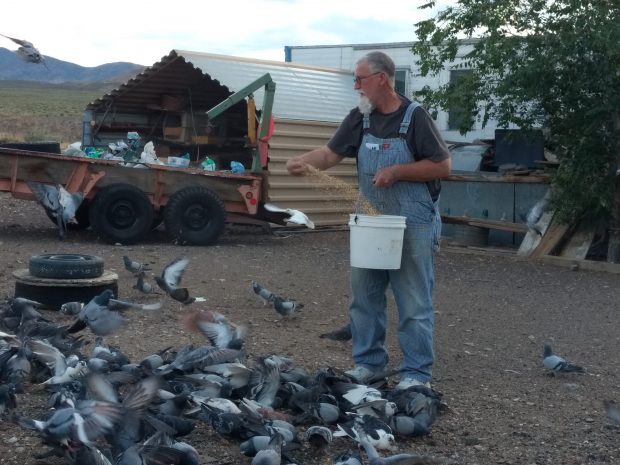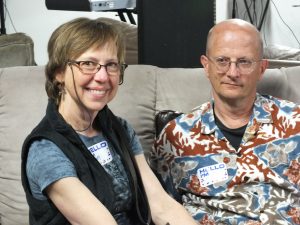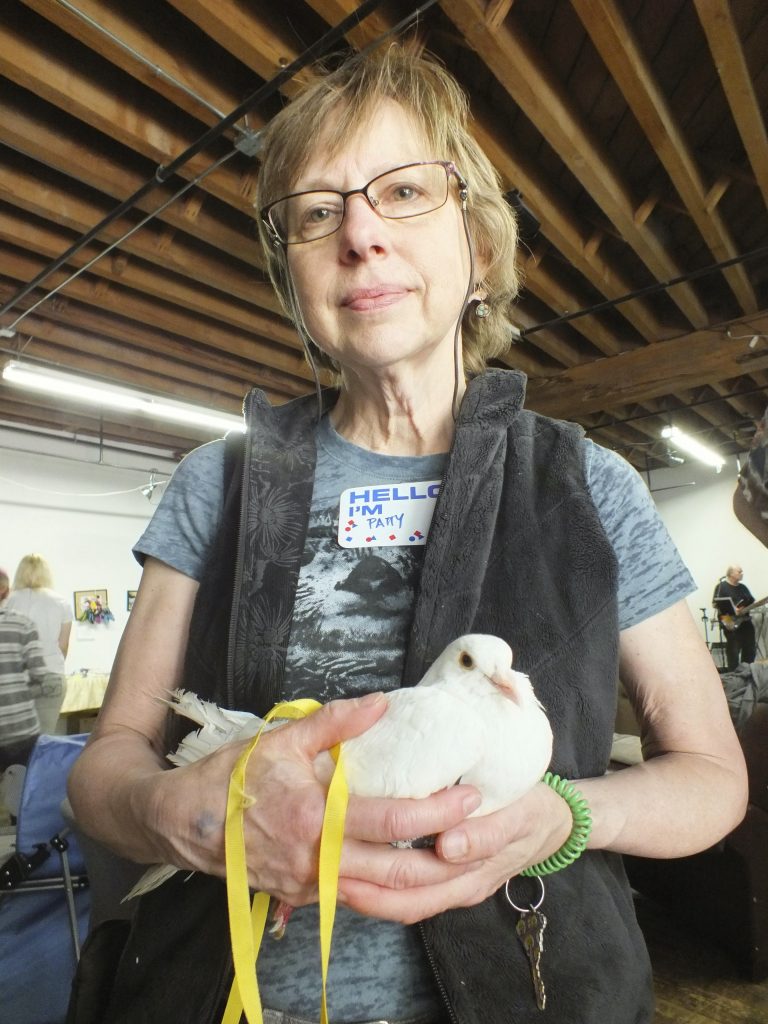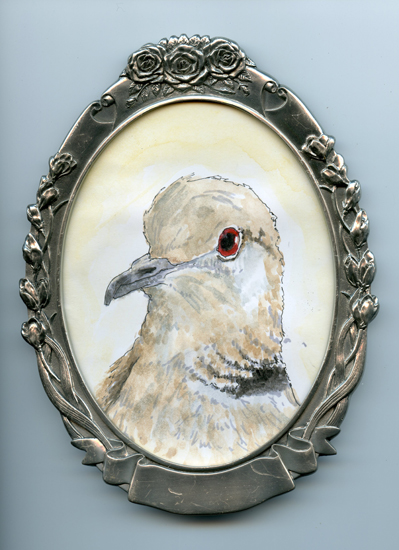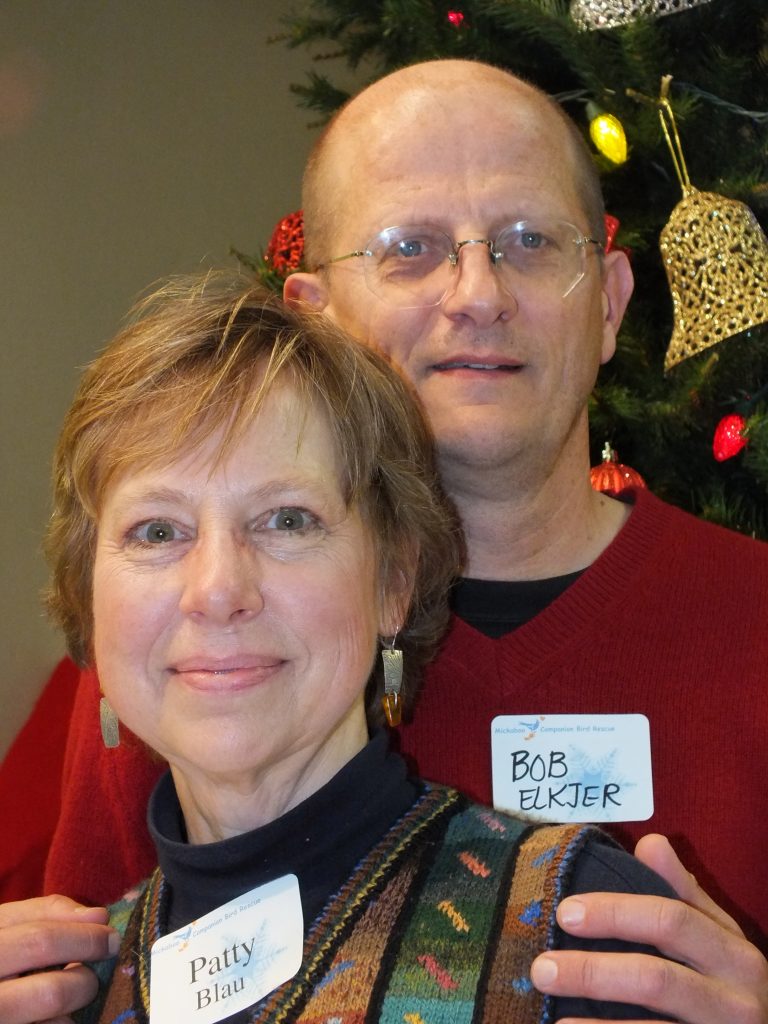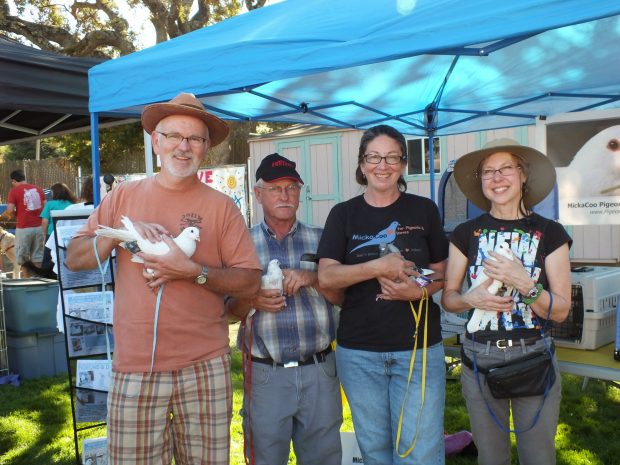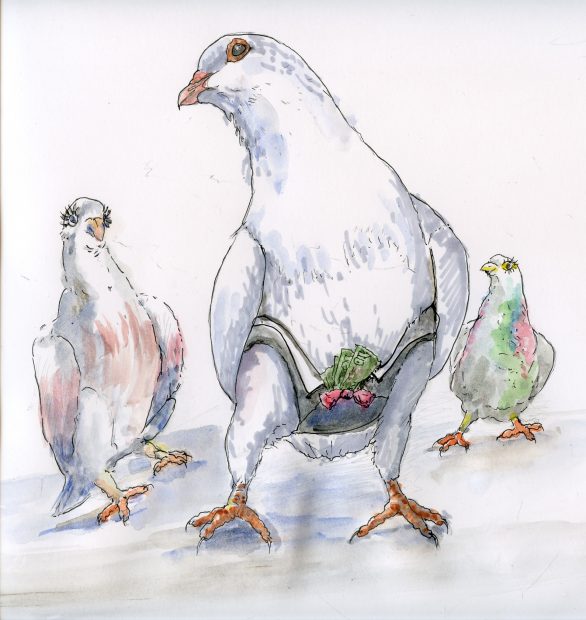Palomacy needs more aviaries and builders to craft them.
We recently finished a small but monumental aviary in Twain Harte in the Sierras of California.
Jules and Jess Piovarcsik-Diliberto of Earth Healing Sanctuary run a vegan catering business in the Bay Area and live in Twain Harte where they also have a vegan deli. (Some of you may remember the incredible spread they prepared for our Palomacy Flocktoberfest in 2017.) Jules and Jess want to help educate people about the treatment of food animals and run an adoption program for rabbits. We’re thrilled that they are helping pigeons, too!
Way back in August 2019, when we were first exploring the possibilities of partnering to build an aviary on their property, 2.5 hours away from the Bay Area, we knew there would be challenges. That’s a long commute for volunteer builders and we’d be designing our first above-the-snowline aviary. We had a wonderful opportunity, though, with Jules and Jess of the Earth Healing Sanctuary offering to help, providing the site and the promise of forever care. For funding, we submitted a proposal to the TS & KD Glide Foundation requesting $5K and we, Palomacy, would bring the know how and rescued pigeons needing homes.

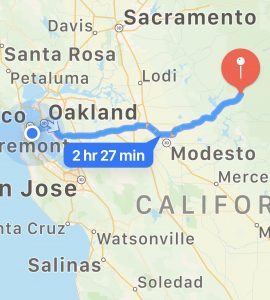
Our plan was to amend the design of our Palomacy panel aviary plan to handle the snow load, hire a Bay Area builder to pre-assemble all the panels and then, when ready, truck them up to Twain Harte where our volunteers would join Jules and Jess to assemble and install the aviary. We’ve done several, like this one at Ploughshares Nursery in Alameda and it works great!

Pre-built panels delivered to the location

Aviary panels ready to assemble

Aviary installation in process

Opening day at our Ploughshares foster aviary
But not everything went as planned. Our funding grant was approved in December but only for $1K, 20% of the budget. We had no extra funding. We did our best to make up the difference. And then Covid-19 threw all of us for a loop. We needed a new plan. Amazingly, Palomacy volunteer Aileen Paterson, Ellie, heroically rose to meet this daunting Palomacy challenge. Ellie became our aviary designer, our materials researcher and sourcer and lead builder! Our new plan started ramping up in April and our first day of building was in June. The Twain Harte aviary would be a unique design and built from scratch by an all-volunteer crew over several days.
We scaled the aviary down from 8×16 to 6×12. This would have been a very simple build in the Bay Area, but we also needed to incorporate a split shed roof and interior shelter for heavy snow and low temperatures. Ellie drafted the design and created the blueprints. We, Palomacy, the Earth Healing Sanctuary and the TS KD Glide Foundation, shared the $3,300 cost for materials and all the building labor was done by volunteers!
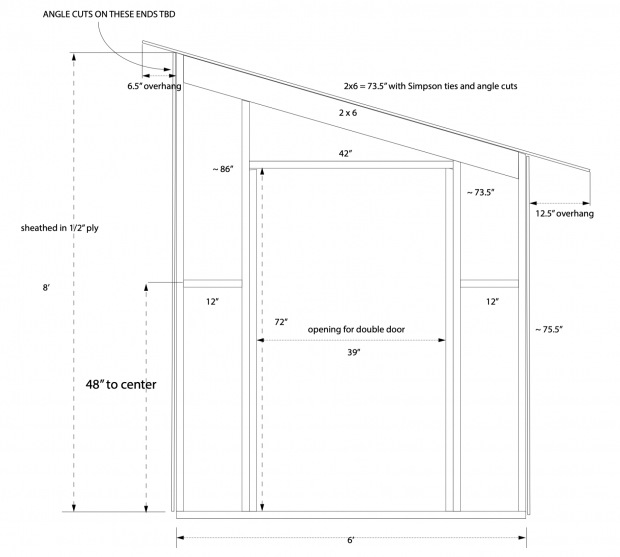
Designed, spec’d & sourced by Ellie!
There were lots of challenges and we could have helped ourselves with more communication and coordination along the way but we all flexed and pitched in and, despite all the bumps and surprises, we are thrilled to have finished the beautiful, safe Earth Healing Sanctuary aviary for rescued pigeons in mid August!

Earth Healing Sanctuary aviary build day #1 volunteers!

7/20/20 Build day #2 volunteers

8/1 Build Day #3 went into late night overtime

Jess (shown) & Jules’ new aviary!

Ta da! Ten rescued pigeons, shown here with Sequoia, moved in to their beautiful, safe new home 8/15!
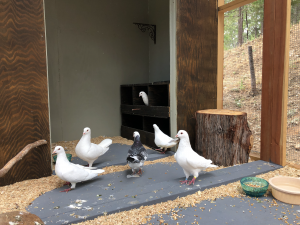
Lucky rescued pigeons at home! L-R: Lulu, Angel, Angel, Hope, Homer & Ducky

L-R: Kiku, Roya, Joy, Marigold & Ducky
Adopters Jess And Jules Piovarcsik-Diliberto write, The aviary build was a very fun and beautiful project. We truly enjoyed working with you and all the volunteers and learning more about pigeons and aviaries. The aviary has brought together the community as people stop and gaze at the aviary and the beautiful pigeons. Now strangers on social media reach out and ask about the pigeons and it has brought people together.
Project MVP Ellie writes, I am amazed by the qualities everyone (Jules, Jess, Elizabeth, Nath, Darren, Nick, Felipe, Trina and Lee) contributed: problem-solving, flexibility, humor, teamwork, patience, listening, humility, and caring. What a generous flock to be a part of. It cost $3300, took more than 3 days and nearly 300 volunteer hours. It was one of the most difficult and complex constructions I’ve ever worked on and is a story about how we grow and become stronger, individually and as a flock. We learned a lot.
Components
Design: Mechanical 2D drafting to scale in Adobe Illustrator
Floor: ¾ marine plywood, 19 gauge wire, pressure treated Douglas Fir 2×4 framing over asphalt
Framing: Redwood 2×4, 16 and 19 gauge wire, 2×6 joists
Open Roofing: Redwood 2×4, 19 gauge wire
Enclosed Roofing: Metal panels, ½ plywood, 19 gauge wire, 2×6 rafters, 2×4 bracing.
Insulation: ½ plywood exterior and interior
Materials: #9 star-bit SureDrive decking screws (highly recommended), T50 or heavier staples, pan head screws and fenders, various framing fasteners and screws.
Tools: 3 ladders, 2 skillsaws, powerful drills with weird bits, wire cutters, vices (highly recommended), tape measures, pencil and paper, a battery pneumatic staple gun, a table saw, a carpenter’s triangle, masks
Other: delicious vegan lunches, lots of sweat, some blood and tears, and lots of miles.
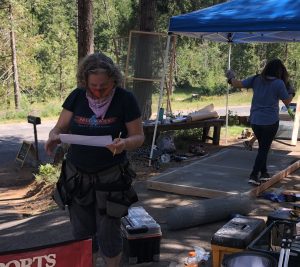
Forewoman Ellie wrangling all the details


Jules & rescued mama bunny

Felipe & Trina on lunch break
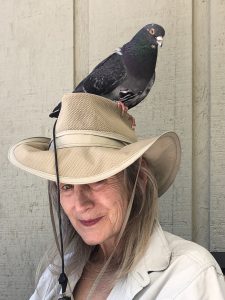
Nath & Ray
Palomacy is incredibly grateful to Jules and Jess for their life-saving partnership, to the TS & KD Glide Foundation for their financial support, to our MVP Ellie who contributed so heroically and to our amazing volunteers Trina, Felipe, Nick, Nath, Darren and Lee without whose labor, talents and kindness, this would not have been possible. And congratulations to Angel, Hope, Lulu, Ducky, Homer, Angel, Joy, Marigold, Roya and Kiku! You are safe, loved and home!


